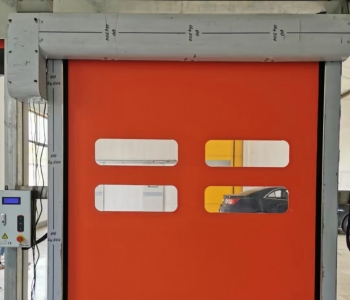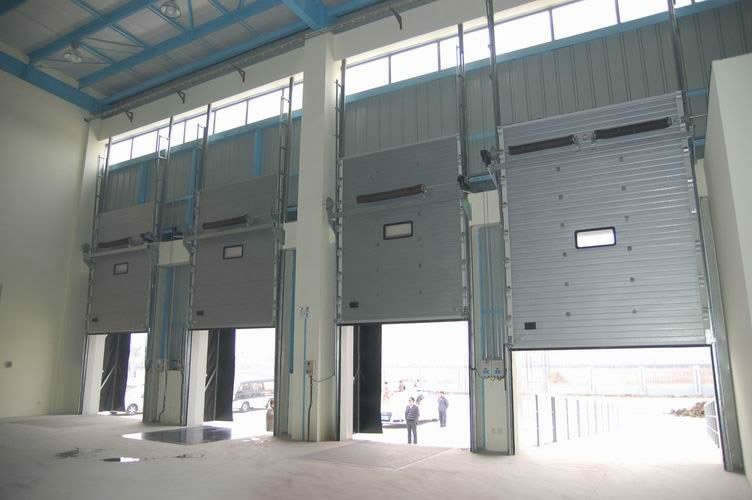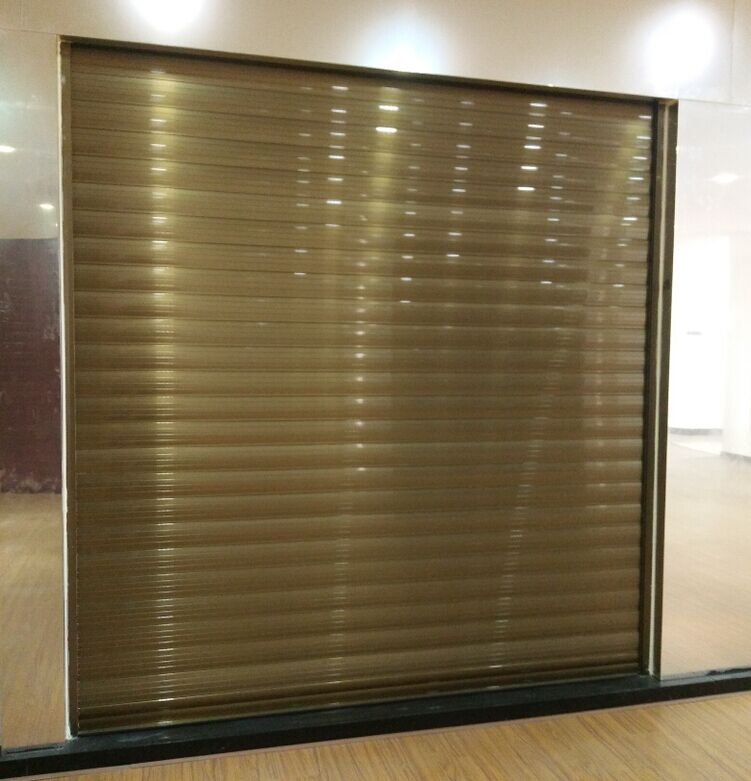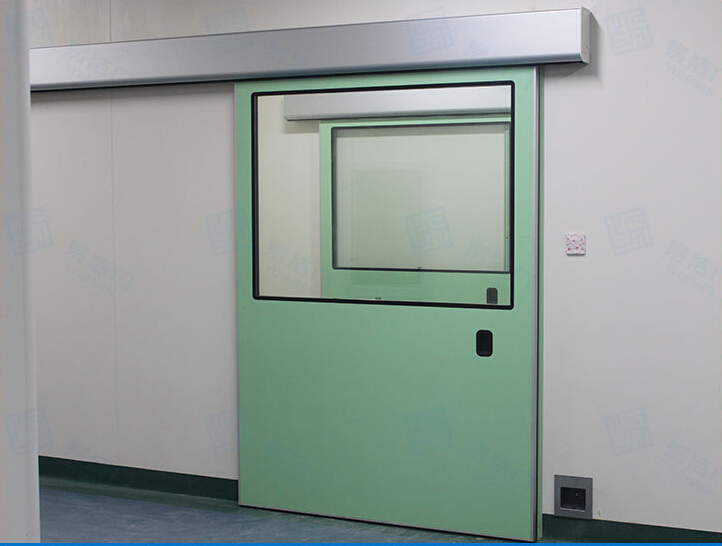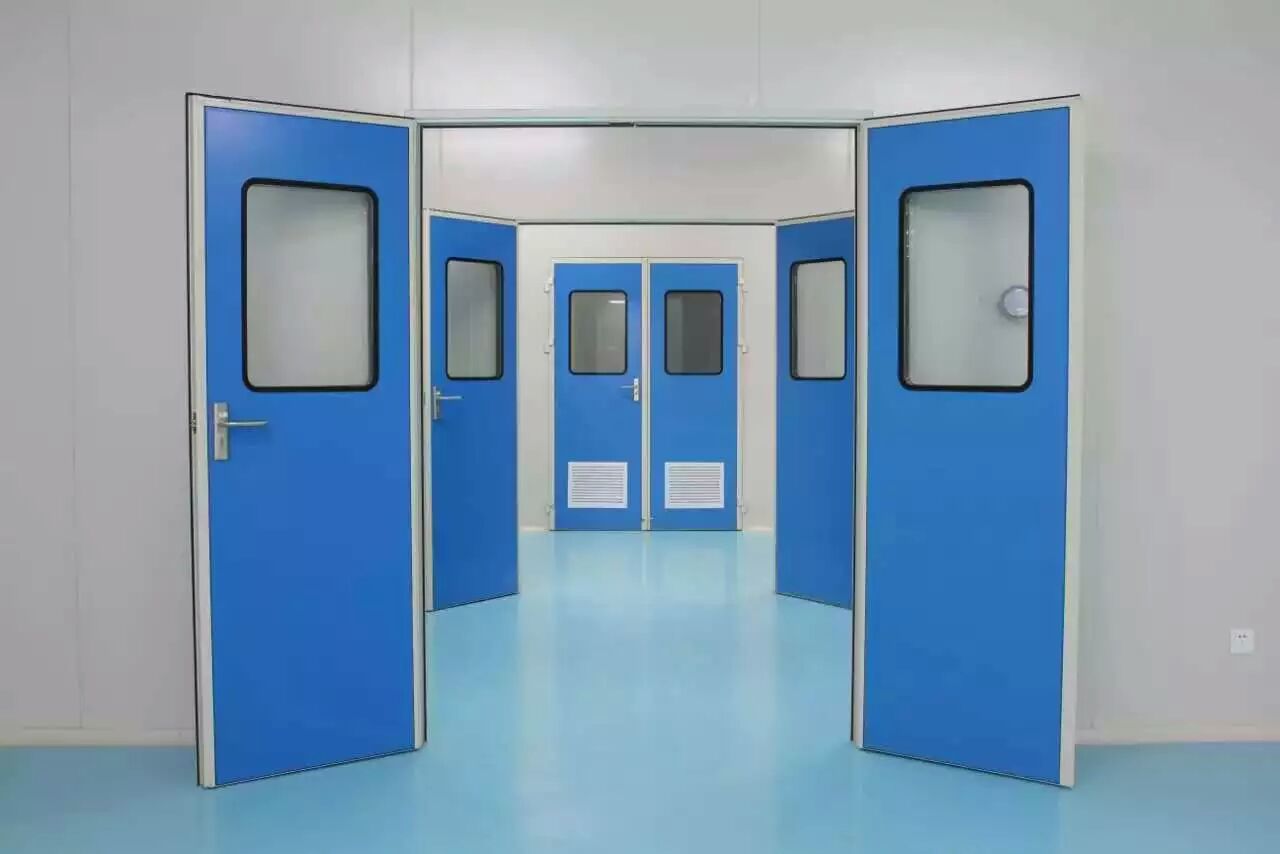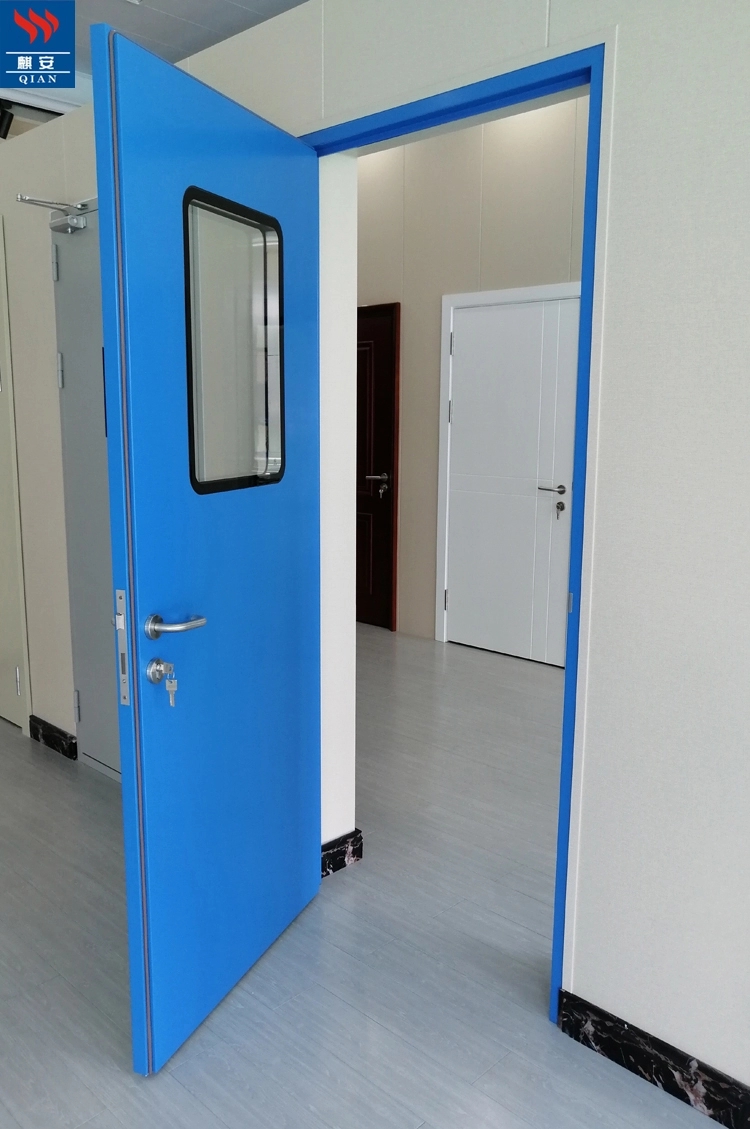Industrial High-Speed Door Manufacturers: Driving Efficiency in Modern Industries
1. Core Applications and Industry Demand
High-speed doors are designed to meet the rigorous demands of modern industrial environments:
Logistics and Warehousing: Accelerate loading/unloading processes while minimizing temperature fluctuations in cold storage facilities.
Manufacturing: Isolate dust, noise, and contaminants in production areas.
Pharmaceuticals and Food Processing: Ensure hygienic conditions and compliance with GMP, HACCP, or ISO 22000 standards.
Automotive and Aerospace: Protect sensitive assembly lines from particulate intrusion.
The global market for industrial high-speed doors is projected to grow at a CAGR of 6.8% from 2025 to 2030, driven by automation adoption and stringent regulatory requirements.

2. Technological Innovations Redefining Performance
Manufacturers are prioritizing advancements to address evolving industry needs:
a. Enhanced Materials and Durability
High-Strength Fabrics: PVC-coated polyester or hybrid materials withstand extreme temperatures (-40°C to +80°C) and frequent cycles (up to 1,500 openings/day).
Anti-Corrosion Components: Stainless steel tracks and aluminum frames ensure longevity in corrosive environments.
b. Smart and Connected Systems
IoT Integration: Sensors monitor door status, cycle counts, and energy consumption, transmitting data to centralized management platforms.
Predictive Maintenance: AI algorithms analyze operational patterns to preempt motor or seal failures, reducing downtime by up to 30%.
c. Energy Efficiency
Aerodynamic Designs: Reduced air leakage (as low as 0.05 m³/m²·h) cuts HVAC costs in temperature-controlled facilities.
Regenerative Drive Systems: Convert braking energy into reusable power, lowering electricity consumption by 15–20%.

3. Market Trends Shaping Manufacturing Strategies
a. Customization for Niche Industries
Manufacturers are developing specialized variants:
Antimicrobial Doors: Incorporate silver-ion coatings for healthcare and food sectors.
Explosion-Proof Doors: Certified for hazardous environments like chemical plants.
Radiation-Shielded Doors: Deploy lead-lined curtains for nuclear facilities.
b. Sustainability-Driven Innovations
Recyclable Materials: Bio-based PVC and recyclable aluminum reduce environmental footprint.
Carbon-Neutral Production: Solar-powered factories and carbon offset programs align with ESG goals.
c. Global Supply Chain Resilience
Post-pandemic, manufacturers are diversifying production hubs across Asia, Europe, and the Americas to mitigate geopolitical risks and tariffs.

4. Challenges Facing the Industry
Cost Pressures: Rising raw material prices (e.g., aluminum, PVC) and energy costs squeeze profit margins.
Regulatory Complexity: Compliance with varying regional standards (e.g., EU Machinery Directive, OSHA) increases R&D overhead.
Skill Gaps: Shortages of engineers specializing in automation and mechatronics hinder innovation cycles.
5. Future Outlook and Opportunities
AI-Optimized Door Systems: Machine learning will refine speed and safety parameters based on real-time traffic data.
Modular and Scalable Designs: Plug-and-play components allow rapid reconfiguration for facility expansions.
Emerging Markets: Southeast Asia, Africa, and the Middle East offer untapped potential due to infrastructure development.
Conclusion
Industrial high-speed door manufacturers are at the forefront of enabling efficient, safe, and sustainable industrial operations. By leveraging smart technologies, material science breakthroughs, and agile manufacturing practices, the industry is poised to meet the escalating demands of sectors reliant on precision, speed, and reliability. As global industries continue to prioritize automation and energy conservation, high-speed door systems will remain a cornerstone of modern industrial infrastructure, driving productivity while reducing operational costs and environmental impact.
Q1: How do manufacturers ensure high-performance operation?
A1: Top manufacturers utilize servo motors, lightweight panels (e.g., aluminum honeycomb), and smart control systems to achieve 1.5-2.5m/s speeds, with ISO 9001 certification ensuring reliability.
Q2: Which industries require customized solutions most?
A2: Automotive (anti-static), food/pharma (GMP-compliant), cold chain (-40℃ sealing), and aerospace (wind-resistant) often need specialized materials or safety features.
Q3: How is smart management achieved?
A3: IoT-enabled models offer remote monitoring (usage/fault alerts), MES/WMS integration, with premium versions featuring AI vision control and energy analytics.
Q4: What certifications matter when selecting a manufacturer?
A4: Baseline: CE 2006/42/EC & ISO 13849 PLd. Industry-specific: FDA (food), ATEX (explosive), or UL (North America).
Q5: How to balance speed and durability?
A5: German-made inverters (5M cycle tests), self-lubricating rails, and modular designs enable 10+ years lifespan with quarterly maintenance.
Recommended Products
up to dateNiue Automatic Door Accessories
- Durable PVC Fast Rolling Door Fittings for Enhanced Security
- Automatic Repair of Zipper Door Plastic/Polymer Rails
- Smart Automatic Door Sensor for Fast Rolling Access Control
- Soft Fast Gate Control System 1.5kw Servo Motor and Control Box
- Automatic Access Control Square Surface Mount Infrared Non-Contact Switch
- Explosion-Proof Reinforced Self-Limiting Electric Heating Belt
- Explosion-Proof Shielded Self-Controlling Temperature Electric Heating Belt
- Heating Belt for Anti-Freezing, Heating and Heat Preservation of Cold Storage Doors
- 40W flame retardant explosion-proof self-limiting electric heating belt
- High Speed Door Zippers Industrial Door Zippers
- Safety Beam Sensor Use for Automatic Door
- Wireless Hand Sensor Switch For Automatic Door
- Hospital Door Foot Sensor
- Automatic Sliding Door System Wireless Touch Press Switch
- Automatic Sliding Door IP65 Waterprooft Wireless Hand Press Switch
- Automatic Door Microwave Sensor
- Reflective Type Infrared Detector
- Automatic High Speed Door Infrared Radar Sensor CNB-204G
- Aluminum Alloy Wind Section For PVC rapid roller shutter door
- Aluminum Bottom Section For PVC high speed rolling shutter door

